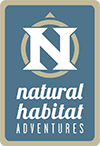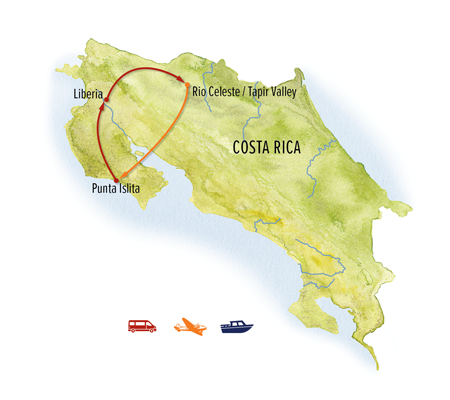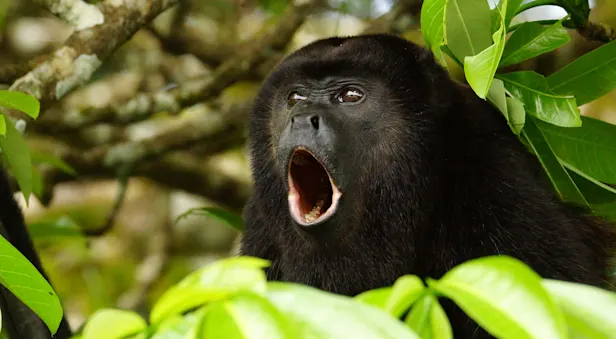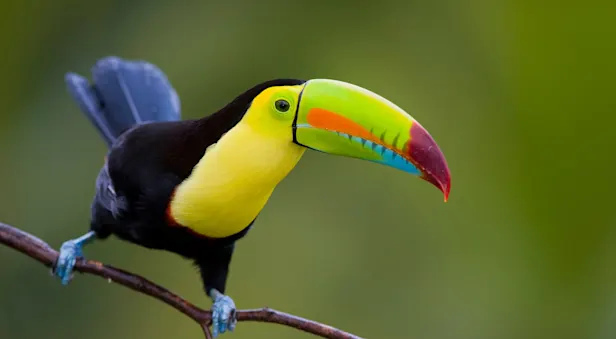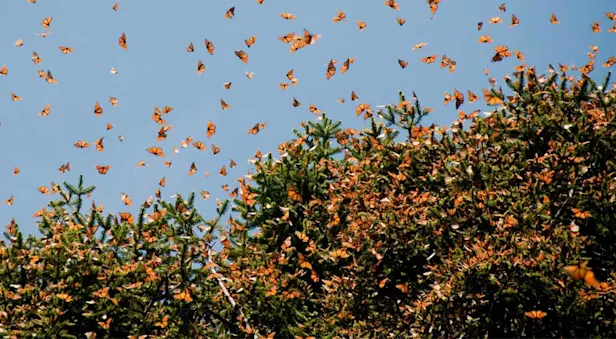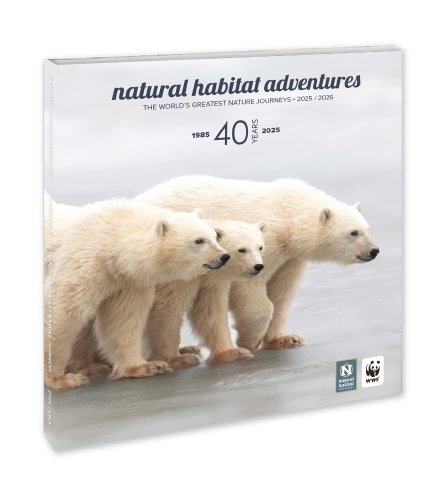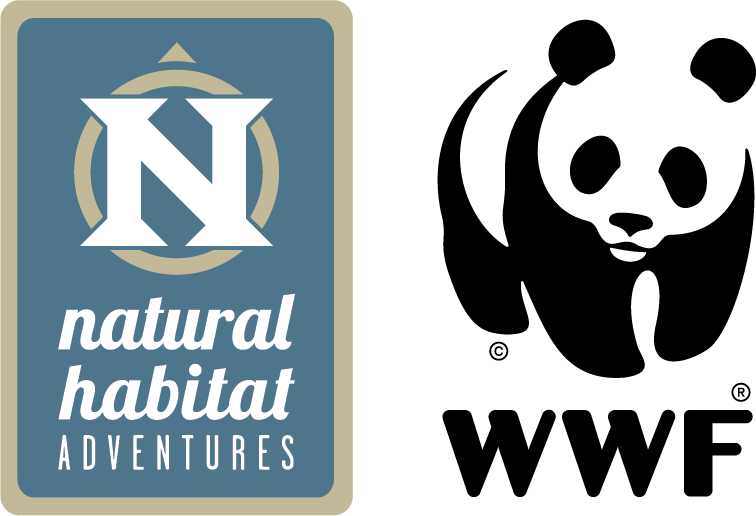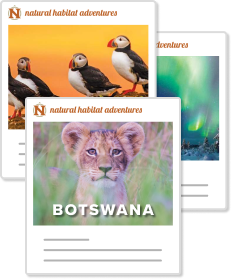Itinerary
Arrive at the Liberia airport in northwest Costa Rica and meet your Expedition Leader. This afternoon, transfer to Rio Celeste Hideaway, less than two hours away, where we have an orientation and welcome dinner. Our base for the next three nights, this remote luxury ecolodge lies far from heavily touristed sectors, with proximity to all the wonders of the lush rainforest that surrounds it. The region offers a vivid introduction to Costa Rica’s remarkable biodiversity. The tiny country hosts an astounding number of species given its size -- more than half a million different animals and plants, some 6% of the entire planet’s biological diversity! A widely accepted theory to explain this unusual density is that species from both North and South America have mixed freely on this narrow chunk of land that lies between two oceans and two continents.
Day 2: Bijagua Rainforest Garden / Private Chocolate Tour / Tapir Valley at Twilight
Our nature adventure begins with a guided tour of Bijagua Rainforest Garden, a mix of secondary forest and cultivated gardens that attracts a wide array of creatures. Search for mammals, like monkeys and sloths; amphibians, including the red-eyed tree frog and blue jeans frog, plus a wide variety of birds—toucans and tanagers, honeycreepers, hummingbirds and more. Then tour a cacao farm to discover how chocolate is made. On this 20-acre family farm, learn how cacao beans are harvested from the pod, fermented, dried, roasted and turned into chocolate. Called the “elixir of the gods” by the Maya who first created this delectable beverage around the year 600, it was considered a sacred drink and used in ceremonies and offerings.
This evening, we make our first visit to Tapir Valley, home to Costa Rica’s largest population of Baird’s tapir, the biggest native land mammal in both Central and South America. After sunset, watch and hear the forest around us transform as nocturnal animals awaken for their nightly activities, including hunting, eating and looking for mates. Walk with our Expedition Leader and local guide through forest, open grasslands, and a wetland where the frog symphony is amazing! Search for amphibians, insects and mammals that are more difficult to spot during the day, including a variety of frogs, sleeping birds, kinkajous and elusive tapirs. Although tapir sightings are rather rare, the species is nocturnal, and it’s exciting to find evidence of its presence when we know it is active in the forest.
Day 3: Tapir Valley Nature Reserve / Hanging Bridges Walk
Rise early to greet the dawn as we return to Tapir Valley Nature Reserve, spanning more than 220 acres of primary and secondary rainforest on the border of Volcano Tenorio National Park. Well off the standard tourist track, this private sanctuary was established to protect valuable habitat in rural northern Costa Rica for many wild species. Among them is the Baird’s tapir, classified as endangered, but sightings in this area are increasing, and local farmers are joining efforts to protect its habitat. Although they may look more like pigs or elephants, tapirs are most closely related to horses and rhinos. Weighing up to 550 pounds with a thick, tough hide, they are generally solitary creatures. Look for their footprints on the network of private hiking trails that lace the reserve, and gain an elevated perspective from several viewing platforms. While tapirs may be top draw, the reserve abounds with other wildlife, including some of the best birdwatching in Costa Rica.
Return to our hotel for a late breakfast followed by free time to explore more of the trails, on your own or with a local guide from the lodge. This afternoon, visit Heliconias Hanging Bridges in the foothills of Tenorio Volcano for an intimate encounter with the rich biodiversity of the tropical rainforest. On a private tour over a system of suspension bridges, get a bird’s eye view of the dense forest canopy, learn which creatures inhabit various levels of vegetation, and look for howler monkeys and white-nosed coatis in the branches. We’re almost certain to see sloths, as both two-toed and three-toed species are common here. On the forest floor, we might spy a tapir if we’re lucky. And from our vantage point high above the ground, the distant views include Lake Nicaragua.
Day 4: Chartered Flight to Punta Islita / Craft Workshop / Nighttime Turtle Quest
This morning, we transfer to a nearby airstrip for our private chartered flight to Punta Islita, where we spend the next three nights. Our hotel stands alone above a pristine beach on the outer edge of the Nicoya Peninsula, far from other tourist development. Renowned for its commitment to sustainability, environmental stewardship and human betterment, Hotel Punta Islita is an understated luxury outpost promoting wildlife conservation and cultural authenticity. It also lies within a globally renowned Blue Zone, acclaimed for exceptional health and longevity supported by a lifestyle in harmony with nature. After lunch on arrival, enjoy a craft workshop with local women at Casa Museo, Islita’s vibrant small art museum. We'll explore the artistic potential of found objects from nature, including seashells, pebbles and interesting seeds.
Relax this afternoon with a soak in the infinity pool overlooking the Pacific Ocean, restoring your energy for our after-dark adventure: a search for endangered sea turtles that come ashore to build their nests in the soft sand of Playa Corazalito or Ostional. Although we're never guaranteed to see them, our location and timing are good to observe the arribada (Spanish for "arrival") of thousands of turtles crawling onto the beach to lay their eggs. From July to December, olive ridley and leatherback turtles return to where they were born to continue the cycle of life. After several years at sea, their instincts guide them to emerge from the water under the cover of night to dig nests in which to deposit their eggs, before returning to the ocean. We hope to witness this remarkable spectacle, Supporting local conservation efforts, Hotel Punta Islita actively collaborates with local environmental organizations to protect these turtle nesting sites.
Day 5: Turtle Hatchling Search / Werner Sauter Biological Reserve / Macaw Recovery Network / Nighttime Turtle Encounter
Rising before dawn, we head back to the beach in hopes of seeing tiny sea turtles hatching. If we are very fortunate, we may get to watch hundreds of hatchlings scurrying to the water to begin the life cycle anew. Return to our hotel for breakfast, then spend the morning hiking in Werner Sauter Biological Reserve as we explore the Guanacaste tropical dry forest, one of the rarest and most vulnerable ecosystems in Central America. These environs are home to a rich variety of wildlife including howler monkeys, tropical porcupines, deer, iguanas, parrots, Pacific screech owls and sac-winged bats. Originally a family farm that grew mangoes and sugarcane, along with raising horses and cattle, the 346-acre private reserve today exemplifies the dedication to conservation and restoring ecological balance that is central to Costa Rica’s identity. During the country’s environmental movement in the latter 20th century, large areas of rainforest and cloud forest were protected, though little was done for the tropical dry forest. Concerned about the future of this important ecosystem, the family began to turn their working farm back into the natural forest that existed centuries earlier. Four decades later, the land has largely been regenerated, including its native balsa and rosewood trees, and attracts a plethora of wildlife—as well as visitors invited to discover its abundant flora and fauna.
After lunch in Samara, continue to the Macaw Recovery Network for a private guided tour. Charismatic, intelligent and vibrant, macaws are the largest of Earth’s 370 parrot species. They are also on the brink of extinction along with many other parrots that are victims of habitat loss. The network seeks to protect and restore parrot populations, with a primary focus on the great green macaw, scarlet macaw and yellow-naped Amazon parrot. In addition to conserving wild populations, the network also breeds and strategically releases birds to help these species recover. Our tour includes a chance to watch a released wild flock of scarlet macaws fly in from the surrounding area. After dinner at a local restaurant, head back to the beach for another opportunity to look for sea turtles coming ashore. We'll hope to watch them dig their nests, deposit eggs, and perhaps see hatchlings heading to sea.
Day 6: Turtle Hatchling Search / Birding on Punta Islita / Cultural Workshops
Take one more chance this morning to look for turtle hatchlings, returning to the beach before the sun comes up. It's also an amazing experience to hear the beauty of tropical birds at daybreak, greeting sunrise in the forest with their exuberant chorus. With our Expedition Leader and a gifted local guide, learn to spot the unique species that inhabit this rare ecosystem, different and drier from most of the rest of Costa Rica where rainforest and cloud forest predominate. Among many others, we may see the tiger heron, rufous-naped wren, turquoise-browed motmot, various hummingbirds, scarlet macaws and critically endangered green macaws—fewer than a thousand remain of the latter.
Return to our hotel for breakfast, then enjoy a morning cultural workshop, which may feature Tico cooking, creating sand candles, or cocktail crafting infused with the region's traditional spices and blends. Lunch is served at the beach club, then the afternoon is at leisure for the pursuit of your choice: Swim in the ocean, or enjoy time by the pool with a fabulous view over the forested hills. Tour the permaculture farm. Choose a wellness treatment in the spa (additional cost)—perhaps a jade stone massage, chocolate body polish or medicinal sea mud wrap. Or opt for an active adventure (additional cost) such as kayaking through mangroves or horseback riding on the beach. After a last glorious sunset, gather for a farewell dinner together as we enjoy one final night in our secluded piece of paradise.
Day 7: Transfer to Liberia Airport / Depart
After an early breakfast, depart at 8:00 am for Liberia International Airport, about a three-hour drive. Departing flights should be booked no earlier than 1:30 pm.
